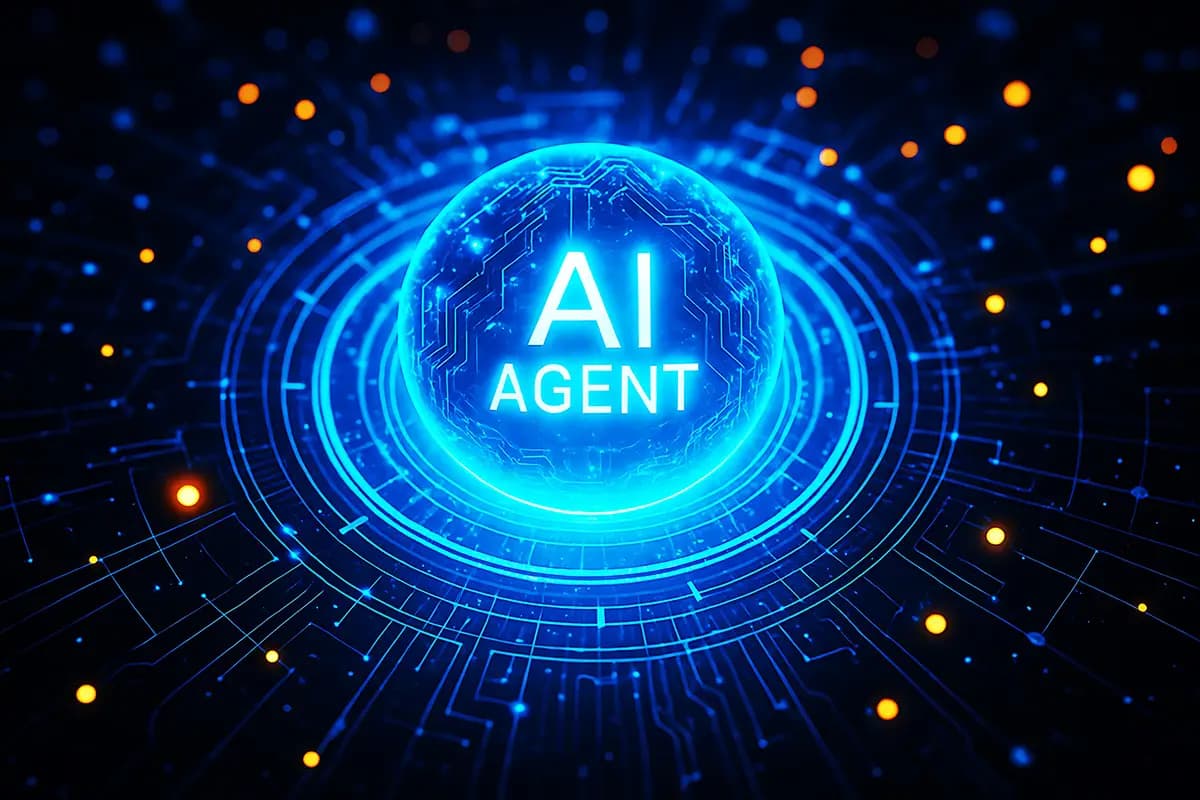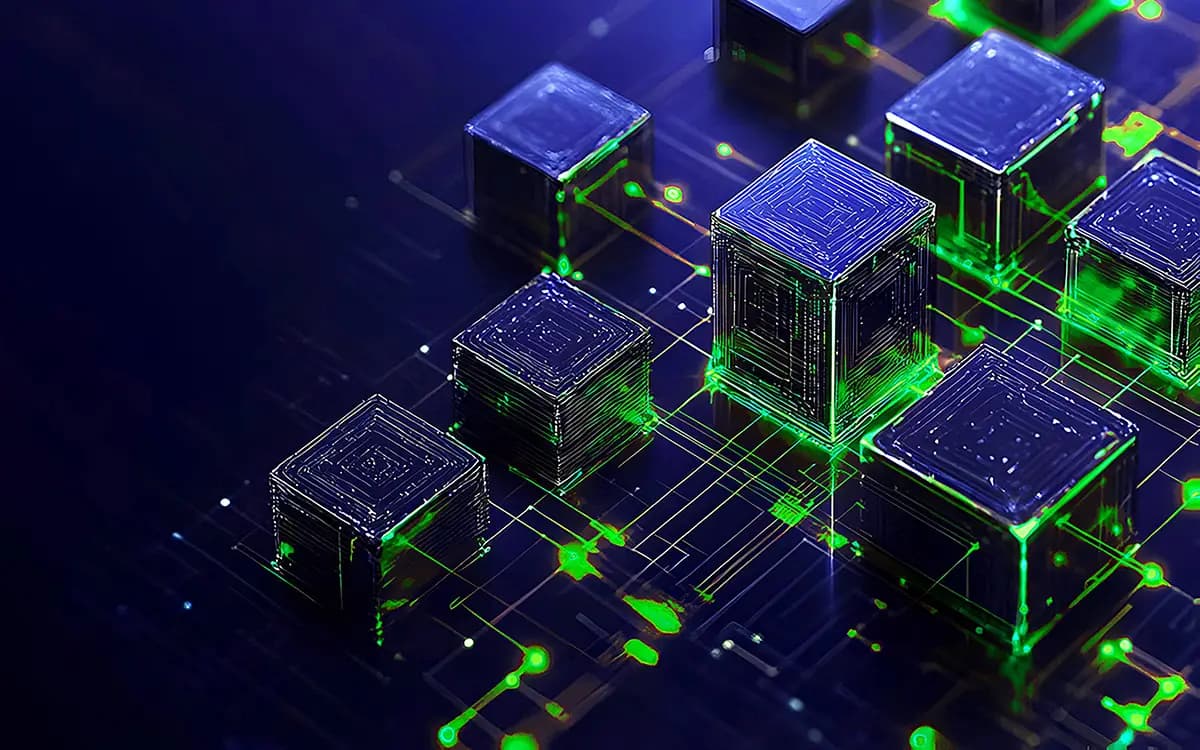X-Labs
Get insight, analysis & news straight to your inbox
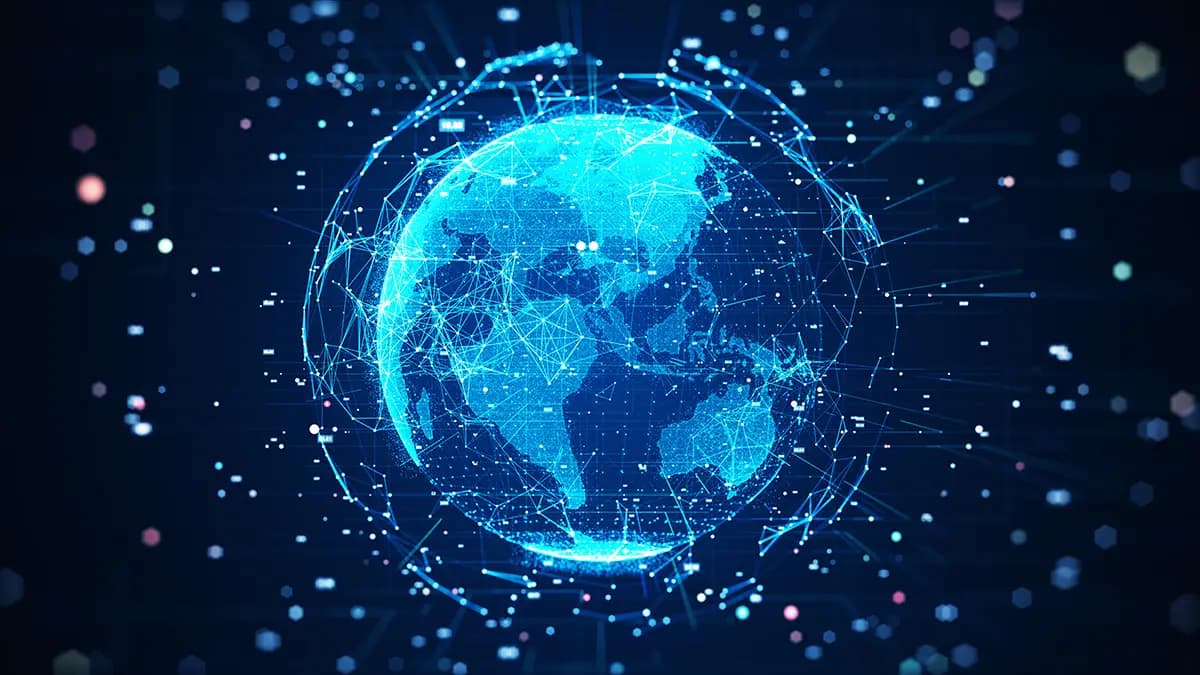
Why California’s New Browser Law Impacts Your Data Governance

Tim Herr
December 9, 2025

Agentic AI: Securing a New Generation of Digital Actors

Nick Savvides
December 8, 2025

Comprehensive Guide to Data Security Posture Management (DSPM)

Lionel Menchaca
December 7, 2025
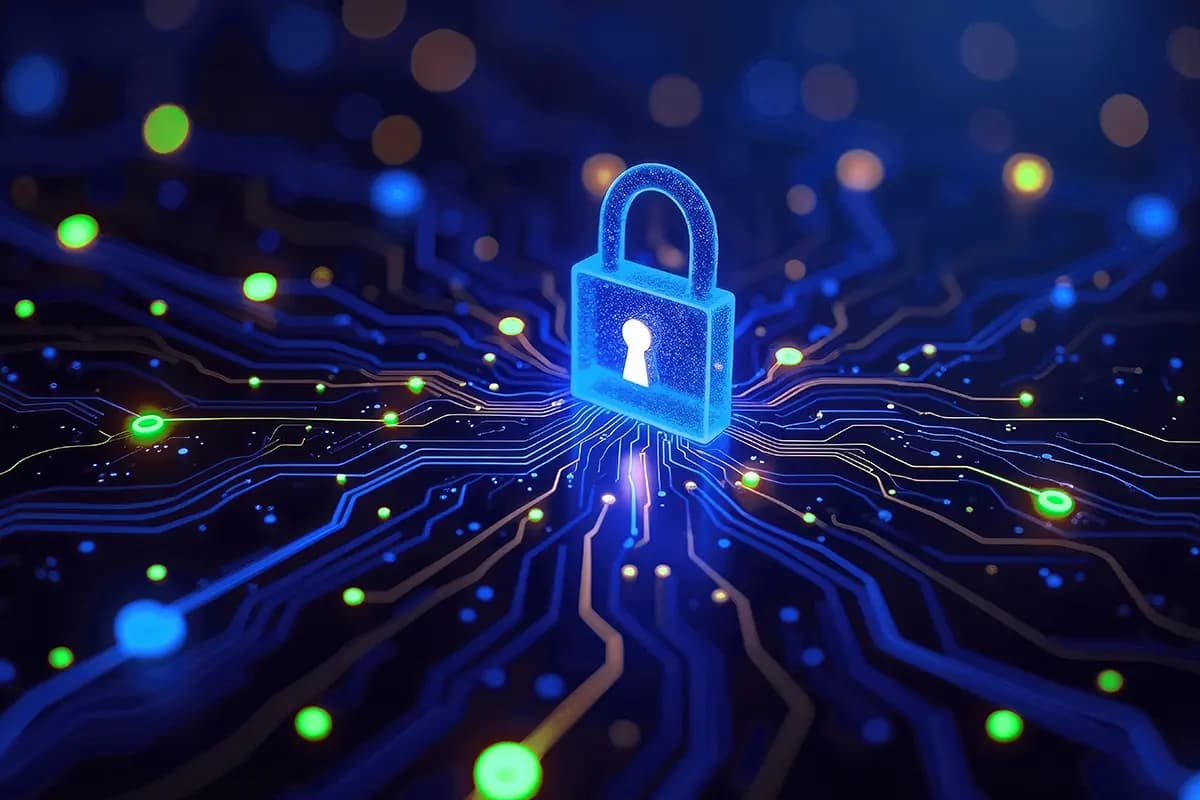
How DSPM Enhances Security for AI Applications

Tim Herr
December 6, 2025

How to Implement HIPAA Data Classification to Ensure Compliance

Tim Herr
December 5, 2025

Sensitive Data Classification Explained: A Security and Compliance Guide

Tim Herr
December 4, 2025

The Best DLP Software in 2025: Compare Costs and Features

Lionel Menchaca
December 3, 2025

Varonis SaaS-Only: What On-Prem and Private Cloud Customers Risk

Salah Nassar
December 2, 2025

AI Technical Debt: The Silent Cybersecurity Crisis

Z. G.
December 1, 2025

6 Types of DLP Solutions - and How to Pick the Right One

Bryan Arnott
November 30, 2025
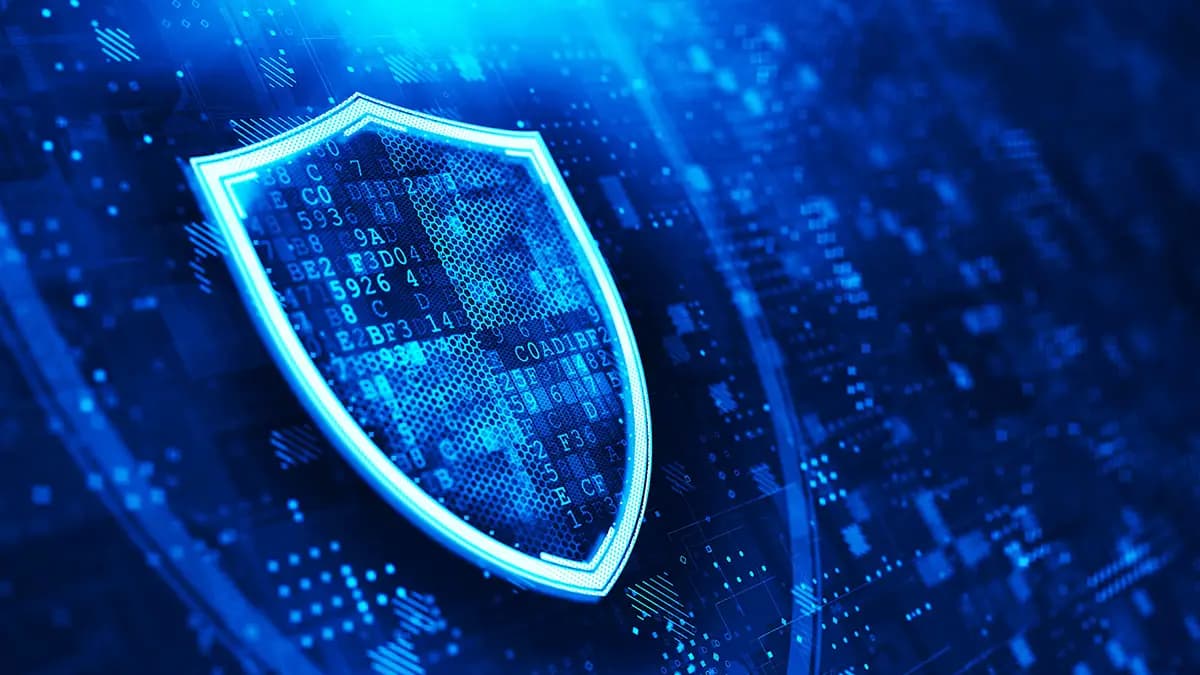
Why Identity-First Security Is Now the Backbone Of Enterprise Cyber Defence


Nick Savvides & Kieran Laffan
November 25, 2025











